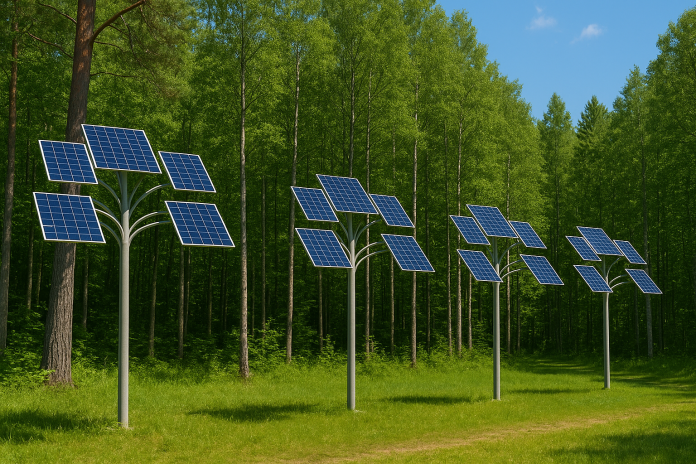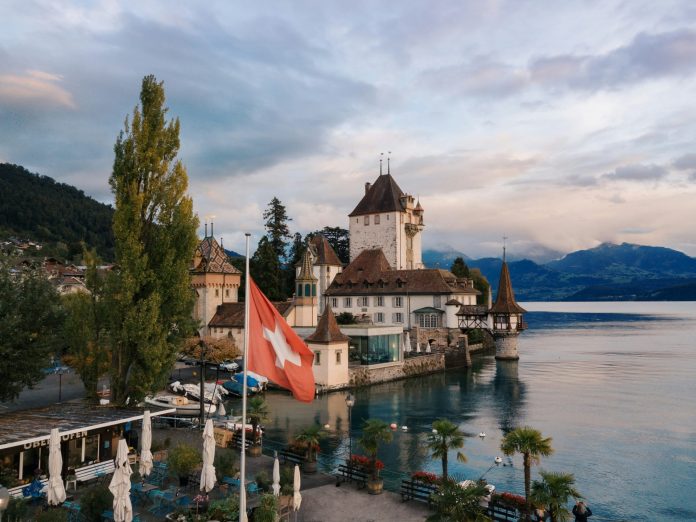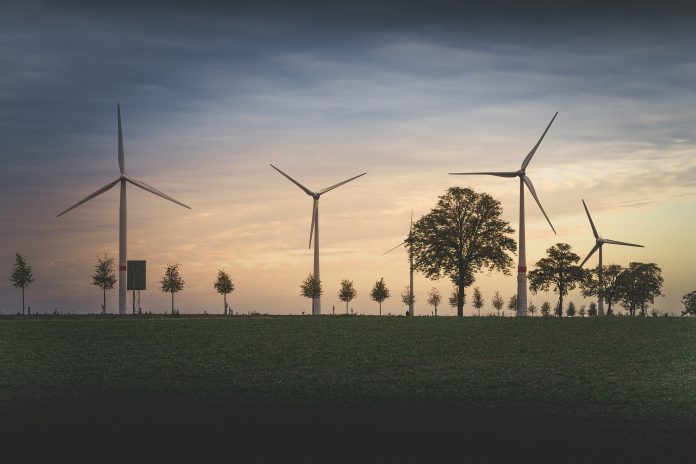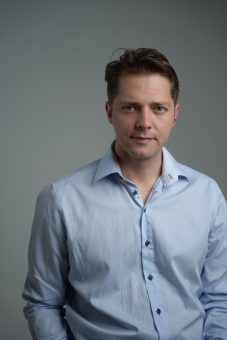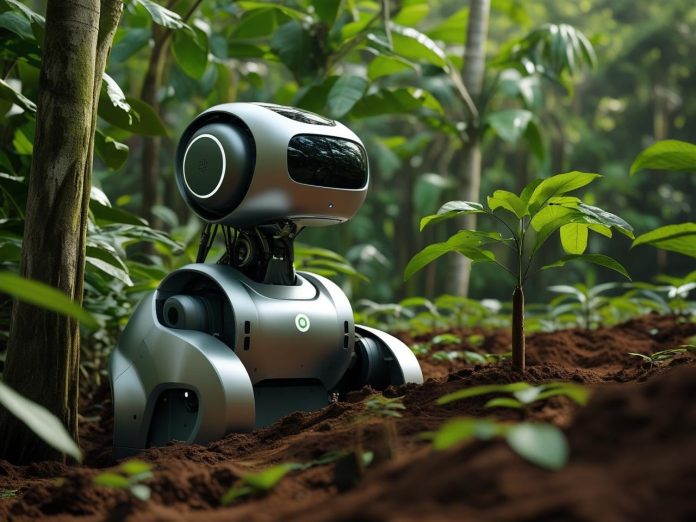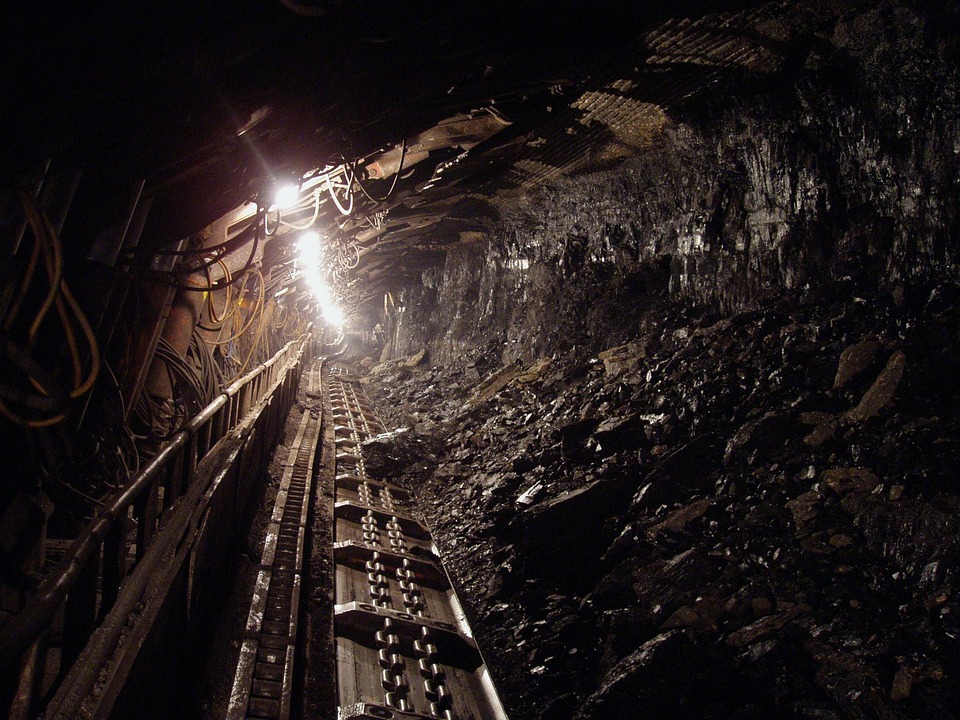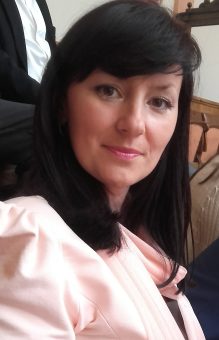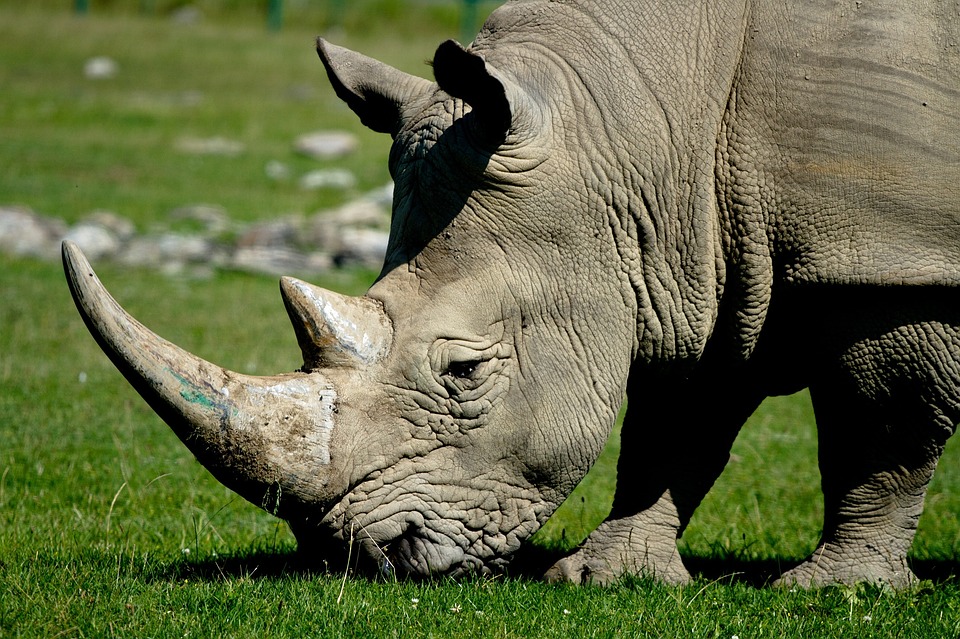This year, fishermen from the South Korean city of Pohang returned from the sea with nets full of—not fish, but giant, venomous jellyfish. Instead of the expected catch, they were met by Nomura’s jellyfish, each weighing several dozen kilograms. And that is not even the worst news.
According to recent reports in the media, jellyfish have literally overrun South Korea’s coasts. Some species, such as the bright blue “Porpita umbrellas,” which resemble buttons and measure only a few centimeters in diameter, have appeared in large swarms on the tourist beaches of Jeju Island.
Although these jellyfish are only “mildly” venomous, they can cause skin irritation, particularly in children. Combined with their unusual appearance, they provoke worry and even panic among visitors. Because of their flower-like look, they often deceive even experienced swimmers—until the stinging sensation begins.
On the other hand, the aforementioned Nomura’s jellyfish can grow up to two meters (!) in diameter and weigh over 100 kilograms. Their tentacles can easily damage fishing nets and equipment, while their sting can cause serious health issues.

Why is this happening?
One of the main reasons for such “marine invasions” is—unsurprisingly—climate change. Rising ocean temperatures create ideal conditions for jellyfish reproduction. These creatures are highly adaptable, fast-growing, and often free of natural predators in new environments.
As ocean temperatures climb, many species abandon their usual habitats and migrate northward, toward cooler waters—including Korea’s coasts. There, they encounter entirely different ecosystems, where they can cause serious imbalance.
Because of the situation, the city of Pohang has launched an unusual program—purchasing jellyfish from fishermen to remove them from the sea. For each captured jellyfish, fishermen receive 300 won (about 22 cents), and in just the first few days, more than 313 tons of these creatures were collected. The city allocated as much as 150 million won for the program.
However, no matter how useful such programs are for short-term population reduction, they do not address the root problem: the disruption of marine ecosystems caused by climate change.
The appearance of giant jellyfish in Korean waters and the swarms of bright-blue jellyfish on tourist beaches are not just curiosities for the “believe it or not” section. They are warnings that marine ecosystems are rapidly changing due to rising ocean temperatures—affecting the economy, safety, and people’s everyday lives.
Milena Maglovski





